PDX1
-
Official Full Name
pancreatic and duodenal homeobox 1 -
Overview
The orphan nuclear receptor, steroidogenic factor 1 (STF-1, also called Ad4BP), encoded by the NR5A1 gene, displays a high degree of homology to the Drosophila nuclear receptor fushi tarazu factor 1 and plays a fundamental role in the development and func -
Synonyms
PDX1;pancreatic and duodenal homeobox 1;insulin promoter factor 1, homeodomain transcription factor , IPF1;pancreas/duodenum homeobox protein 1;IDX 1;MODY4;PDX 1;somatostatin transcription factor 1;STF 1;IPF-1;IUF-1;glucose-sensitive factor;insulin upstream factor 1;islet/duodenum homeobox-1;pancreatic-duodenal homeobox factor 1;somatostatin-transactivating factor 1;insulin promoter factor 1, homeodomain transcription factor;GSF;IPF1;IUF1;IDX-1;PDX-1;STF-1
Recombinant Proteins
- Mouse
- Human
- Rat
- Zebrafish
- Mammalian Cells
- E.coli
- Wheat Germ
- HEK293
- HeLa
- In Vitro Cell Free System
- His
- Non
- GST
- Avi
- Fc
- Flag
- DDK
- Myc
Background
What is PDX1 protein?
PDX1 (pancreatic and duodenal homeobox 1) gene is a protein coding gene which situated on the long arm of chromosome 13 at locus 13q12. The protein encoded by this gene is a transcriptional activator of several genes, including insulin, somatostatin, glucokinase, islet amyloid polypeptide, and glucose transporter type 2. The encoded nuclear protein is involved in the early development of the pancreas and plays a major role in glucose-dependent regulation of insulin gene expression. The PDX1 protein is consisted of 283 amino acids and its molecular mass is approximately 30.8 kDa.
What is the function of PDX1 protein?
PDX1 activates insulin, somatostatin, glucokinase, islet amyloid polypeptide and glucose transporter type 2 gene transcription. And it is particularly involved in glucose-dependent regulation of insulin gene transcription. As part of a PDX1:PBX1b:MEIS2b complex in pancreatic acinar cells, it is involved in the transcriptional activation of the ELA1 enhancer; the complex binds to the enhancer B element and cooperates with the transcription factor 1 complex (PTF1) bound to the enhancer A element. During development, it also specifies the early pancreatic epithelium, permitting its proliferation, branching and subsequent differentiation.
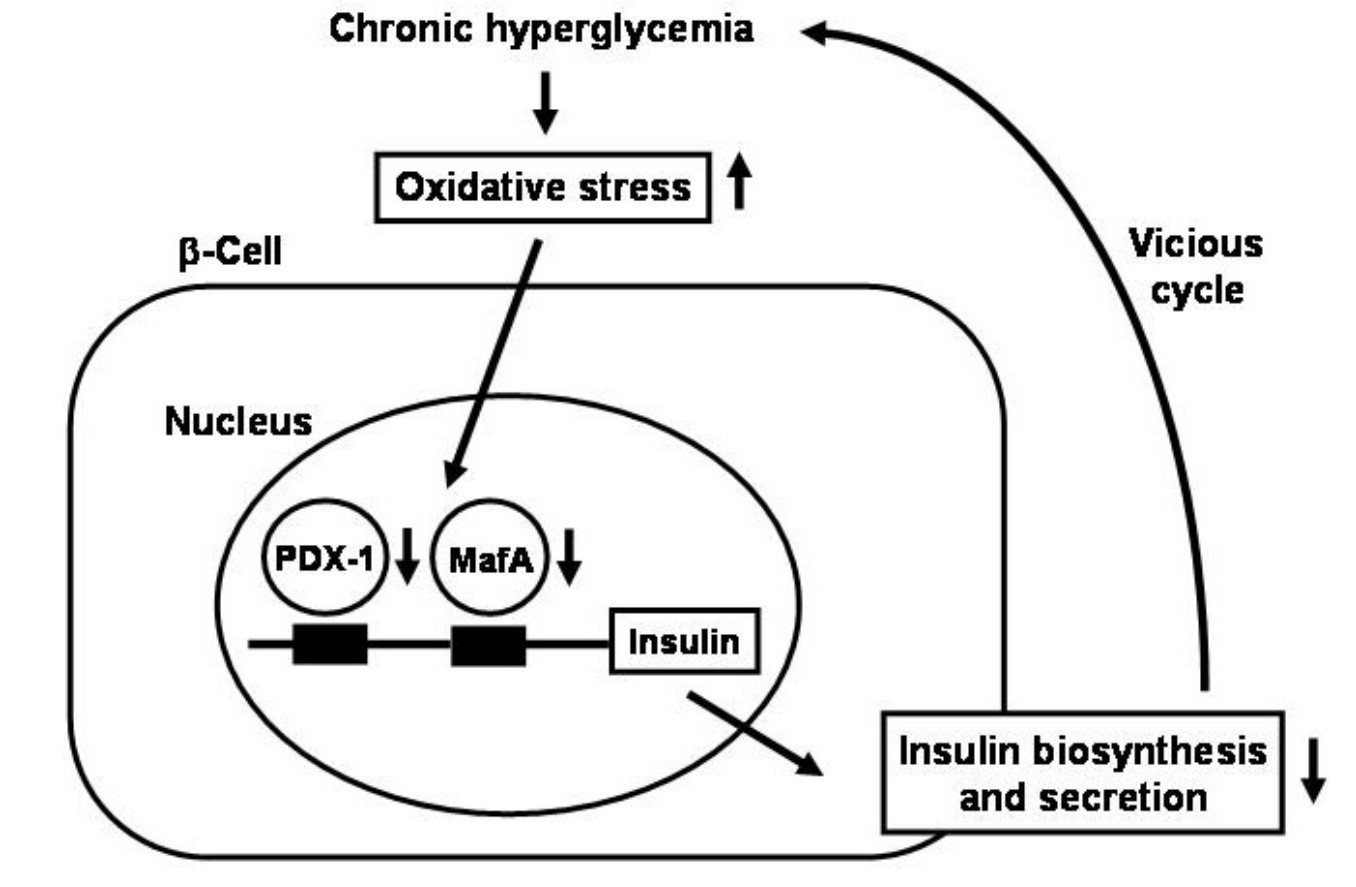
Fig1. Role of PDX-1 and MafA in pancreatic β-cell glucose toxicity. (Hideaki Kaneto, 2008)
PDX1 Related Signaling Pathway
PDX1 protein is a key regulator of pancreatic development, islet beta cell differentiation, and insulin synthesis and secretion. It regulates gene expression during pancreatic development through synergistic action with other transcription factors and promotes maturation and functional maintenance of islet beta cells. In addition, PDX1 also plays an important role in diabetes-related signaling pathways, and its abnormal expression or function is associated with the occurrence and development of neonatal diabetes, adult-onset diabetes, and type 2 diabetes. PDX1 is also a key component of the GSK3-PDX1 axis, which is an important mechanism for regulating insulin secretion.
PDX1 Related Diseases
PDX1 protein is associated with a variety of diseases, including pancreatic hypoplasia, neonatal diabetes, adult-onset diabetes, and type 2 diabetes. In addition, some studies have also found that PDX1 is associated with the development of neurodegenerative diseases and tumors.
Bioapplications of PDX1
As a key regulator of pancreatic development and insulin synthesis, it has been widely used in the treatment of diabetes, especially in the fields of islet cell transplantation and regenerative medicine. By understanding the expression and regulation mechanism of PDX1 protein, we can provide more accurate treatment for diabetes patients. In addition, PDX1 protein also shows potential application prospects in tumor therapy, and may become a new target for tumor therapy.
Case Study
Case study 1: Fan Liu, 2022
Osteoporosis (OP) is a systemic bone disease manifested as low bone mass, destruction of bone microstructure, increased bone fragility and fracture risk. The purpose of this study was to explore the role and mechanism of PDX1 for osteogenic differentiation of adipose derived stem cells (ADSCs).
ADSCs were incubated with normal medium, osteogenic induction medium (OIM) and OIM+si-PDX1. Then, alkaline phosphatase (ALP) staining and Alizarin Red Staining (ARS) were performed to assess the role of PDX1 for osteogenesis of ADSCs. PI3K inhibitor, LY294002 was then added to further explore the mechanism of PDX1 for osteogenic differentiation of ADSCs. Western blot assay was used to assess the osteogenic-related markers. PDX1 was decreased in osteogenic induced ADSCs. Knockdown of PDX1 significantly increased osteogenic differentiation capacity and p-PI3K and p-Akt protein levels. Administration with LY294002 could partially reversed the promotion effects of si-PDX1.
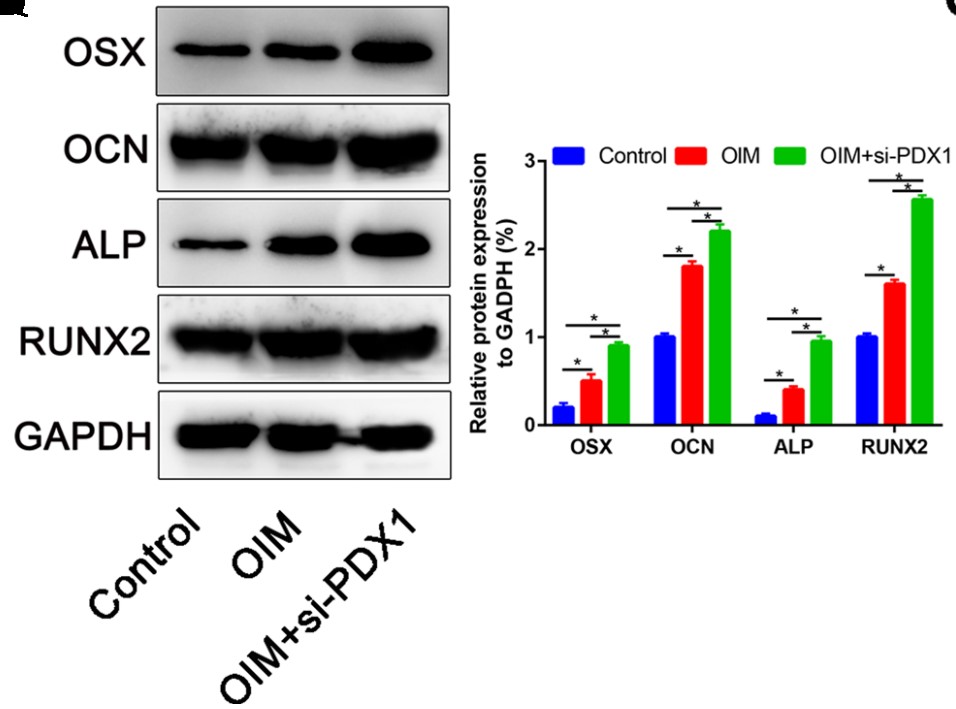
Fig1. Western blot assay that assess the OSX, OCN, ALP and RUNX2 in control, OIM and OIM+si-PDX1 groups.
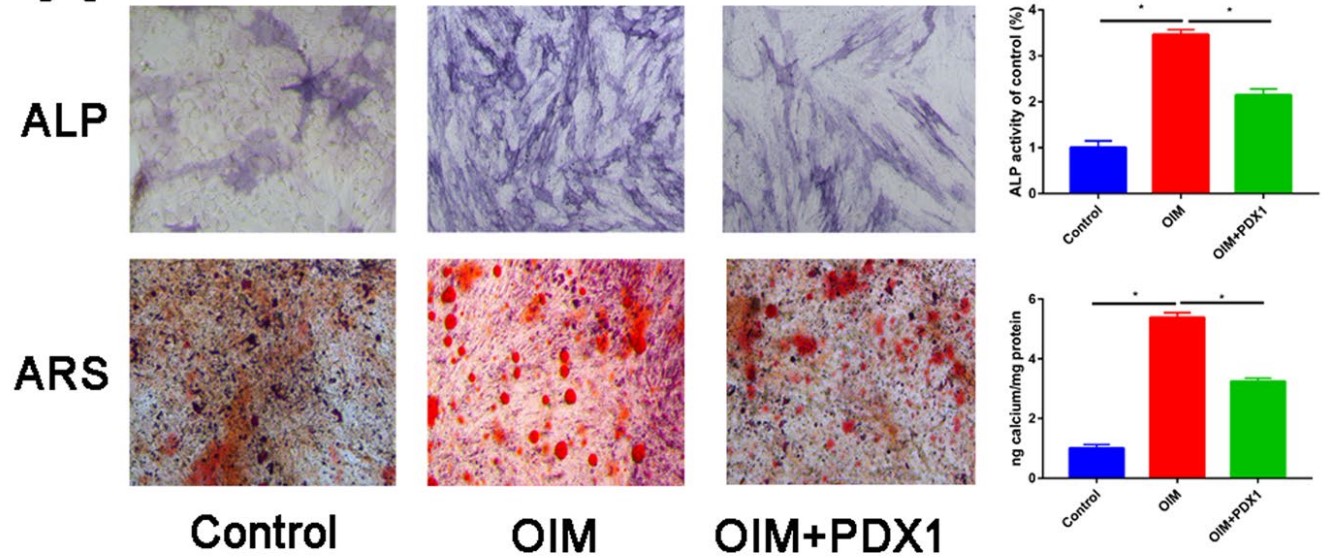
Case study 2: Shi-Wu Li, 2010
Pancreatic duodenal hemeobox-1 (PDX1) is essential for the development of the embryonic pancreas and plays a key role in pancreatic beta-cell differentiation, maturation, regeneration, and maintenance of normal pancreatic beta-cell insulin-producing function. Purified recombinant PDX1 (rPDX1) may be a useful tool for many research and clinical applications, however, using the Escherichia coli expression system has several drawbacks for producing quality PDX1 protein.
To explore the yeast expression system for generating rPDX1 protein, the cDNA coding for the full-length human PDX1 gene was cloned into the secreting expression organism Pichia pastoris. SDS-PAGE and western blotting analysis of culture medium from methanol-induced expression yeast clones demonstrated that the rPDX1 was secreted into the culture medium. The recombinant protein was purified to greater than 95% purity using a combined ammonium sulfate precipitation with heparin-agarose chromatography. Bioactivity of the rPDX1 was confirmed by the ability to penetrate cell membranes and activation of an insulin-luciferase reporter gene.
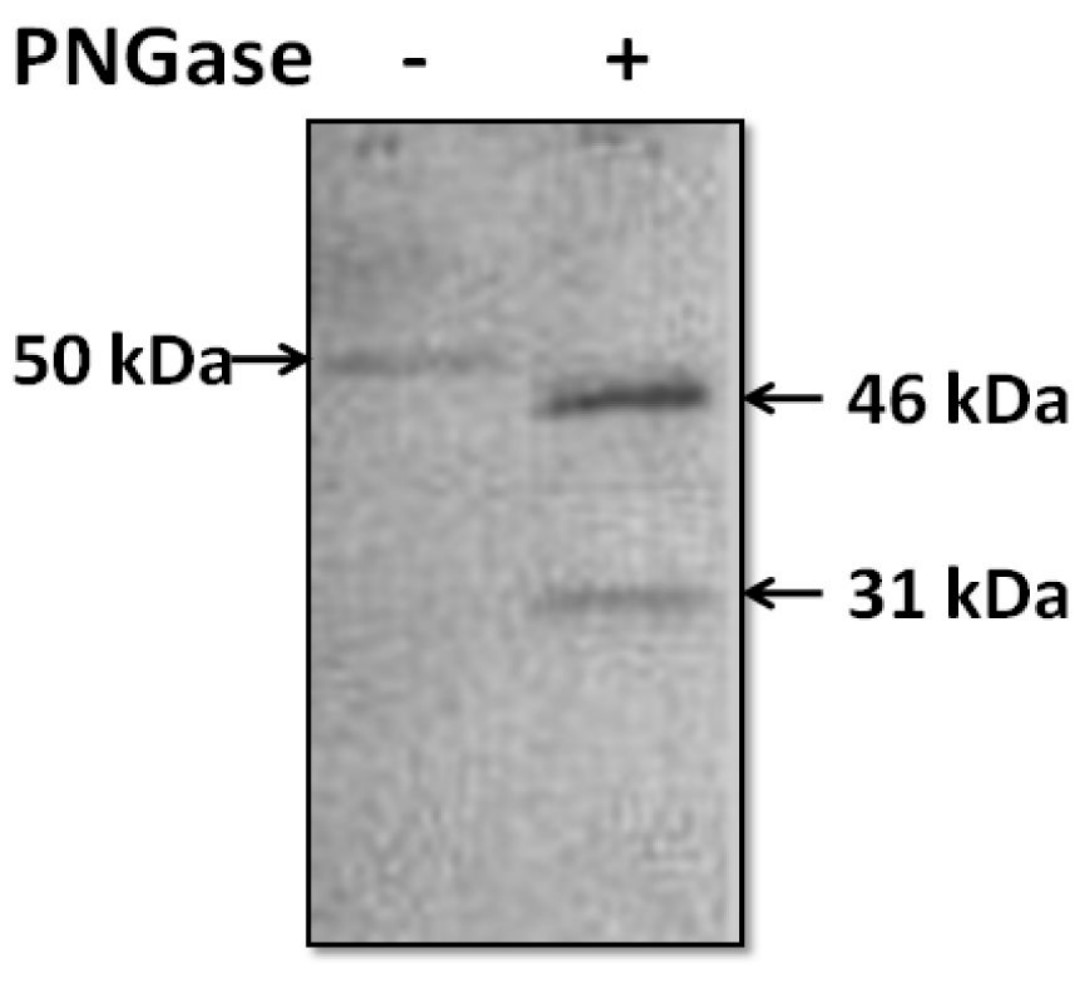
Fig3. The purified rPDX1 from the yeast culture supernatants was treated without (−) and with (+) PNGase F for 5 h
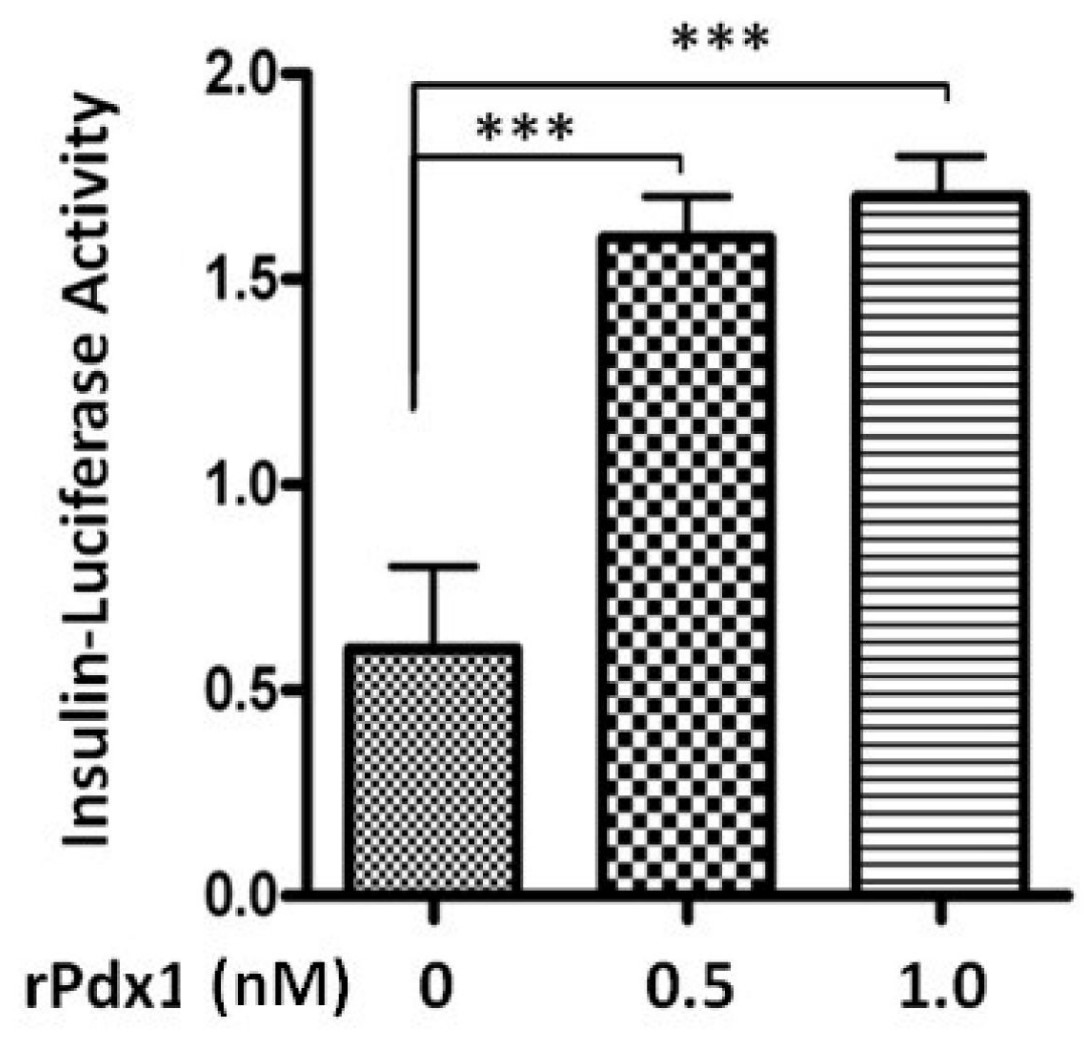
Quality Guarantee
High Purity
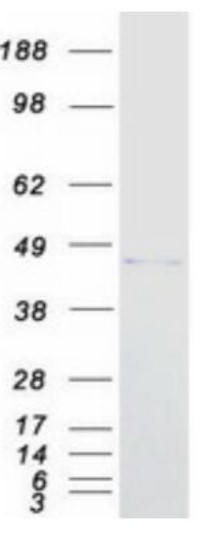
Fig1. SDS-PAGE (PDX1-1923HFL) (PROTOCOL for western blot)
.
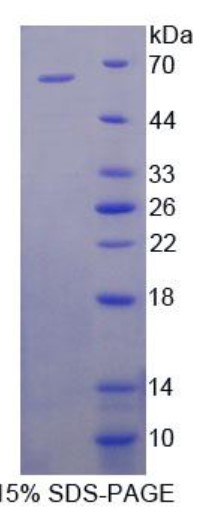
Fig2. SDS-PAGE (Pdx1-1573M) (PROTOCOL for western blot)
Involved Pathway
PDX1 involved in several pathways and played different roles in them. We selected most pathways PDX1 participated on our site, such as Insulin secretion,Type II diabetes mellitus,Maturity onset diabetes of the young, which may be useful for your reference. Also, other proteins which involved in the same pathway with PDX1 were listed below. Creative BioMart supplied nearly all the proteins listed, you can search them on our site.
| Pathway Name | Pathway Related Protein |
|---|---|
| Maturity onset diabetes of the young | BHLHA15,NKX6,RFX6,INS1,HHEX,NKX6-1,NEUROD1,ONECUT1,IAPP,INS2 |
| Type II diabetes mellitus | INS,MAFA,SOCS3,ADIPOQ,PIK3CD,HK1,PKM2,IRS1,HKDC1,PIK3CG |
| Insulin secretion | KCNN2,PRKACG,ATP1A4,GNAQ,ATP1A1,SLC2A1,KCNN1,GNAS,ATP1B4,Adcy4 |
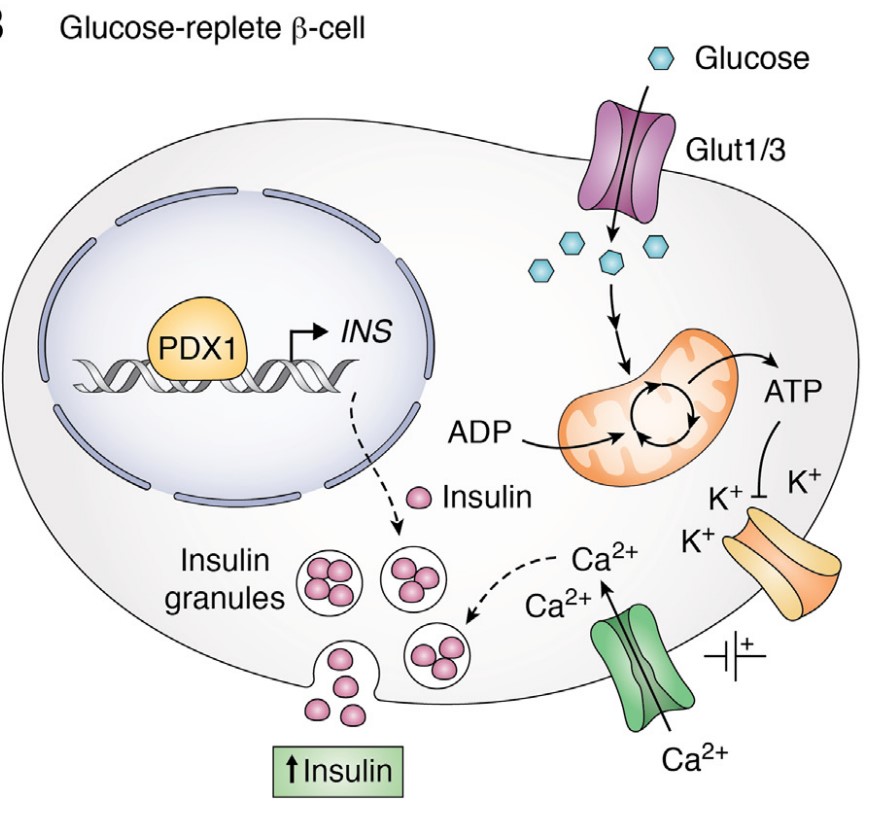
Fig1. β cells comprise the majority of islet cell mass in the pancreas. Simplified diagram of β cell action in high glucose conditions. (Emery T Usher, 2022)
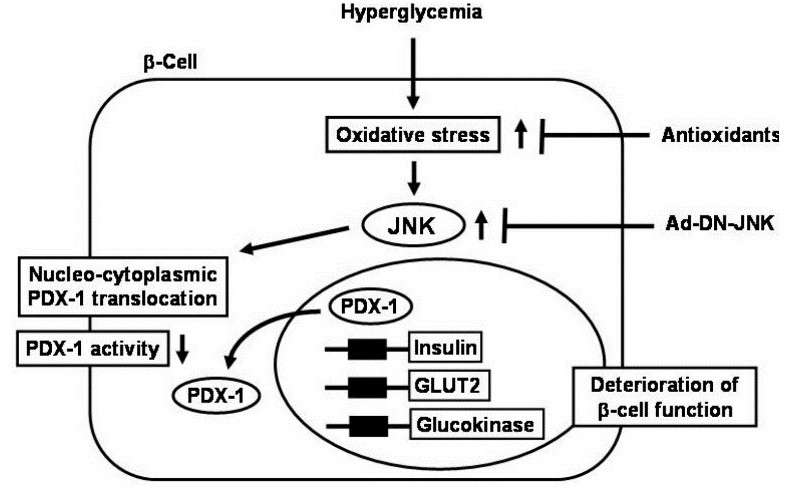
Fig2. Nucleo-cytoplasmic translocation of PDX-1 by oxidative stress and subsequent activation of the JNK pathway. (Hideaki Kaneto, 2008)
Protein Function
PDX1 has several biochemical functions, for example, RNA polymerase II core promoter proximal region sequence-specific DNA binding,chromatin binding,core promoter sequence-specific DNA binding. Some of the functions are cooperated with other proteins, some of the functions could acted by PDX1 itself. We selected most functions PDX1 had, and list some proteins which have the same functions with PDX1. You can find most of the proteins on our site.
| Function | Related Protein |
|---|---|
| chromatin binding | TFAP2A,ASH1L,HOXD10,SIN3A,GLI3,SIRT6,DNMT3A,CBX5,MED12,ATF2 |
| RNA polymerase II core promoter proximal region sequence-specific DNA binding | TFAP2E,ESRRA,TBP,ZFP746,MAX,NEUROD1,MTF1,PBX1,TCF7L2,ASCL2 |
| core promoter sequence-specific DNA binding | SOHLH1,NRF1,TP53,NR1D1,REST,ZNF750,H2AFY,CREM,ZFP750,TOP1 |
| transcription factor activity, RNA polymerase II distal enhancer sequence-specific binding | MEF2A,SRF,JUN,GATA5,PTH,MYF5,ATF2,POU3F3,BHLHE40,LEF1 |
| transcription factor activity, sequence-specific DNA binding | GLI4,YBX1,NR6A1A,FOXA2,TWIST2,ZSCAN16,HEYL,AHR1A,CREMB,GTF2H2 |
| protein heterodimerization activity | HIST2H2BE,PPP3CB,TFDP3,H3F3A,TOP2B,HSPD1,LTC4S,HIST1H2BI,HIST2H2L,SEPHS1 |
| transcription factor binding | E2F1,TFAP2A,CRY1,ESRRB,PPP1R13BB,H2-AB1,CREBBP,FOXA1,FOXO1,Trl |
| protein complex binding | UFD1L,SIX2,KRAS,WASF1,CDK5RAP1,EP300,MTAP1B,RAN,NCKAP1,FADD |
Interacting Protein
PDX1 has direct interactions with proteins and molecules. Those interactions were detected by several methods such as yeast two hybrid, co-IP, pull-down and so on. We selected proteins and molecules interacted with PDX1 here. Most of them are supplied by our site. Hope this information will be useful for your research of PDX1.
Dlg4;PASK;npm_alk
Resources
Research Area
Related Services
Related Products
References
- Gilabert, M; Calvo, E; et al. Pancreatic Cancer-Induced Cachexia Is Jak2-Dependent in Mice. JOURNAL OF CELLULAR PHYSIOLOGY 229:1437-1443(2014).
- Kang, R; Zhang, QH; et al. Intracellular Hmgb1 Inhibits Inflammatory Nucleosome Release and Limits Acute Pancreatitis in Mice. GASTROENTEROLOGY 146:1097-U338(2014).



